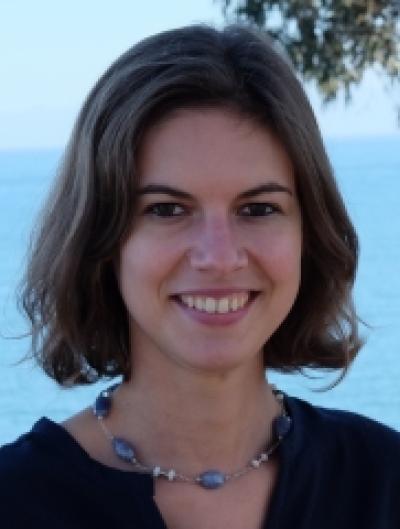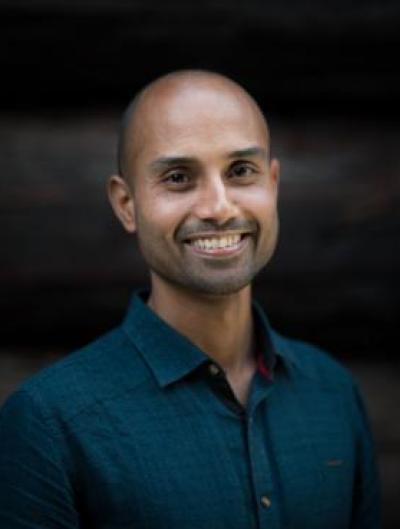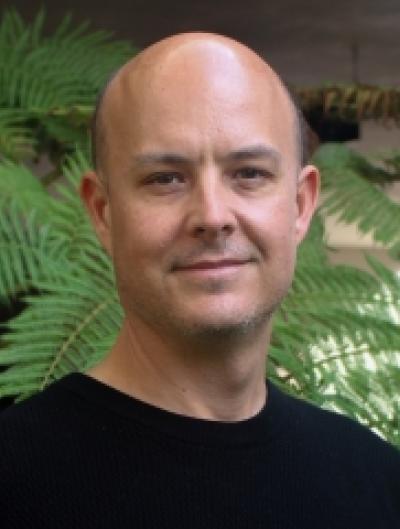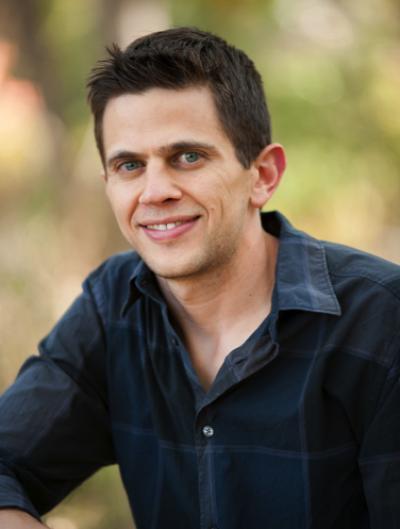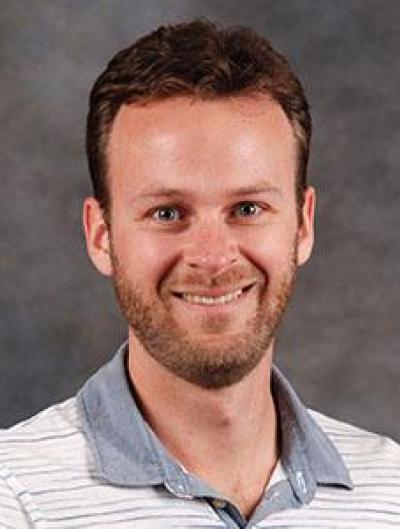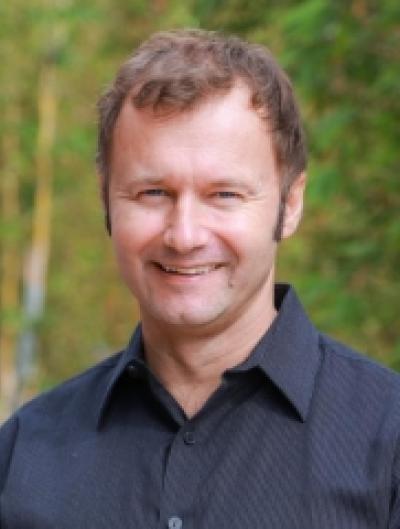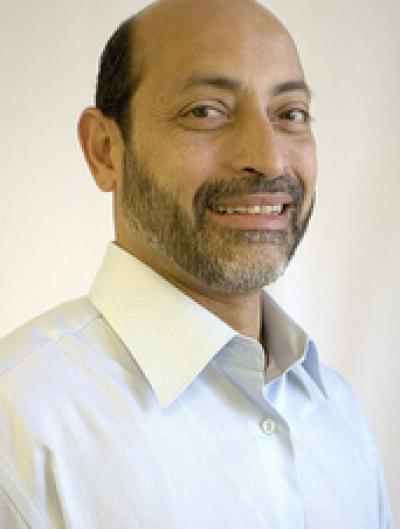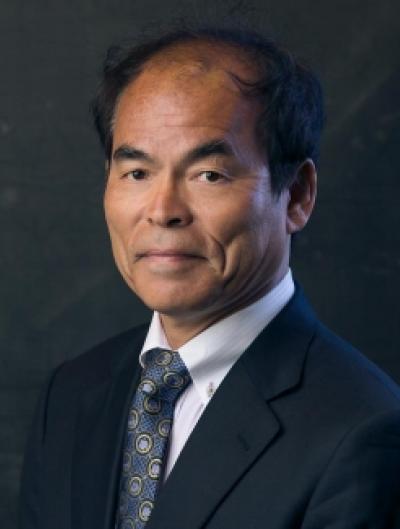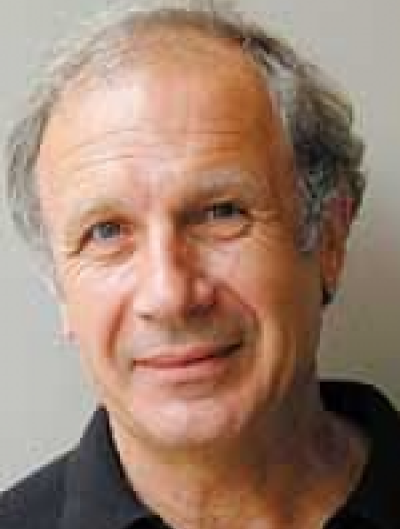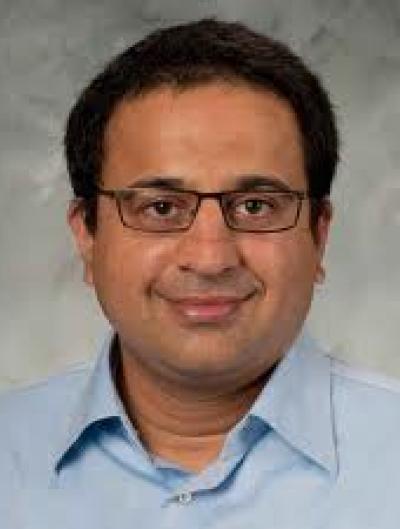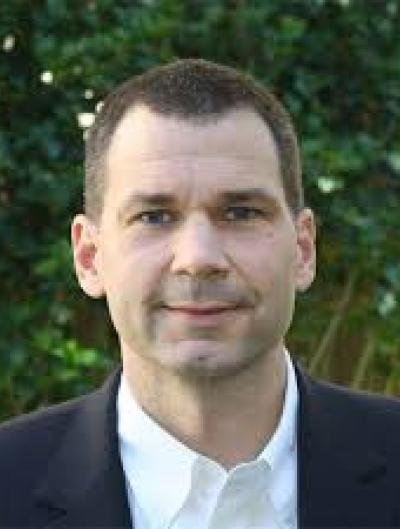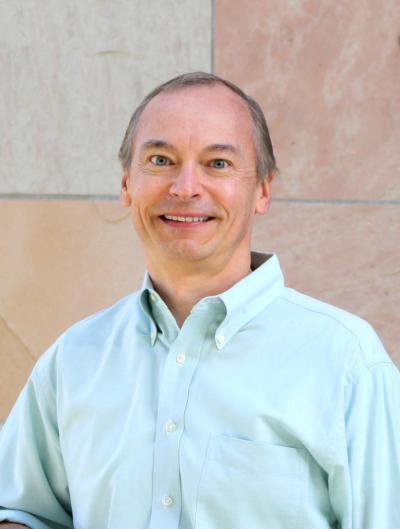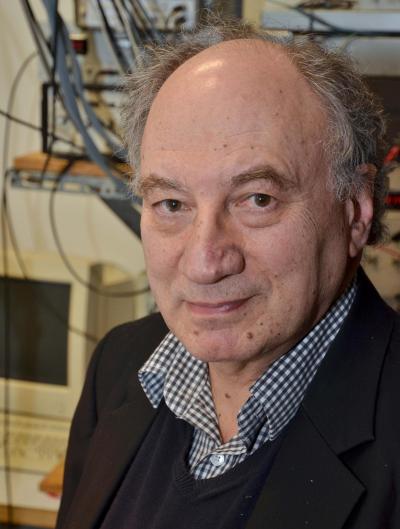The operations of the power grid, the components that make up the power grid, and the entities that connect to the power grid must evolve to support a more sustainable, resilient, and carbon-aware future while at the same time, meeting the growing electrical power demands of our society. In order to achieve these goals, IEE’s research programs in Smart Societal Infrastructure are exploring a variety of approaches to improving the grid, the components of the grid, and the interplay of the grid with the wide variety of societal systems that attach to the grid (e.g., commercial and industrial buildings, homes, transportation systems, lighting, electric vehicle charging systems, data centers, etc.)
Grand Challenge
Enable 50% renewable energy integration by 2030 and 100% by 2050.
Renewable intermittent energy production like wind and solar now account for almost 10% of US production but energy storage capabilities to store this intermittent power have not kept pace, causing the grid to sometimes reject (curtail) the power produced, e.g., during sunny or windy periods when supply is higher than demand or transmission congestion prevents energy from being delivered. For renewable energy to truly be a first class source of power, this energy needs to be stored and available when its needed which might be hours, days or weeks later than it was produced. IEE researchers are working towards more practical, cost-effective, and environmentally friendly energy storage solutions that can help make renewable energy a truly first class source of power. Additionally, changing how customers consume energy and incentivizing them to shift their energy use to times when renewables are abundant can also aid in increasing renewable energy integration levels.
New electricity demands on the grid include electric vehicle charging stations in homes or businesses, new styles of building energy management, new styles of industrial energy management, and the large energy demands and costs of massive data centers. Consumers, industry and the power utilities have a shared interest in managing these type of new demands. We have an opportunity to optimize systems design, planning models and market models at all levels of this system of systems to improve energy efficiency, energy cost and carbon-neutrality for all the involved parties.
Grand Challenge
To develop an economically viable building system with zero net energy.
Buildings consume 72% of U.S. electricity and 40% of all U.S. energy. Getting buildings to zero net energy will dramatically reduce U.S. energy use – but getting there will take more than upgrading windows and insulation.
Institute researchers are developing smart building energy management systems to accelerate the transition to zero net energy buildings. Our overarching goal is to develop optimized control systems that will operate buildings at peak comfort and efficiency levels by automatically controlling HVAC, lighting and shading in smart and robust ways. IEE has a long history of innovation in this arena including inventing and licensing learning technologies and software that have already dramatically improved the energy efficiency of over 50 Million square feet of commercial and industrial buildings worldwide.
SUCCESS STORY
Unite to Light
Purpose-Built Solar Reading Light Designed at UC Santa Barbara.

Research Highlights
Towards Grid-Scale Energy Storage for Renewable Energy Professors Rapahaele Clement and Gabriel Menard - A novel energy storage solution for the smart grid, a photoactive redox flow battery. Improving the performance declines in rechargeable Lithium batteries. Towards safer rechargeable batteries and fuel cells. Improved battery materials for life-cycle/recycling. Professor Phillip Christopher Efficient, environmentally friendly chemical processes via novel catalytic materials. Professor Philip Lubin Alternative energy storage technologies.
Demand Response and Renewable Energy Integration Professor Mahnoosh Alizadeh - Electricity demand has historically been left completely out of power system operations, which could prove unsustainable under high levels of renewable energy integration. Demand response programs aim to make demand more elastic and shift it to times and locations where supply is abundant. To achieve this goal, we need to re-imagine the end-use experience of electricity delivery services and how we operate electricity markets.
Electric Transportation Systems Professor Mahnoosh Alizadeh - The design and testing of real-time optimization and network control algorithms for mobility-aware smart charging that allow power and transportation networks to cooperatively minimize the carbon footprint of EVs.
Learning Algorithms to Improve Energy Efficiency in Existing Buildings Professor Igor Mezic - Learning algorithms invented by Professor Mezic and instantiated in his startup EcoRithm’s software manage energy usage in over 50 Million square feet of commercial buildings worldwide.
Smart Lighting – Solid State Lighting & Energy Electronics Center (SSLEEC) Professors Steve DenBaars and Shuji Nakamura - New electronics for energy efficient lighting – best known for making bright and white light LEDs practical via the co-invention of the Blue Laser (2014 Nobel Prize for Professor Nakamura). The shift to LED lighting is projected to save ~200 of millions of tons of CO2 footprint by 2030.
Enabling low carbon transitions - Professor Ranjit Deshmukh identifies and evaluates technology and policy pathways for low carbon transitions of energy systems by developing and applying open-source models. His work also explores technology and policy options to enable energy efficiency and clean energy access for low income households in developing economies.

